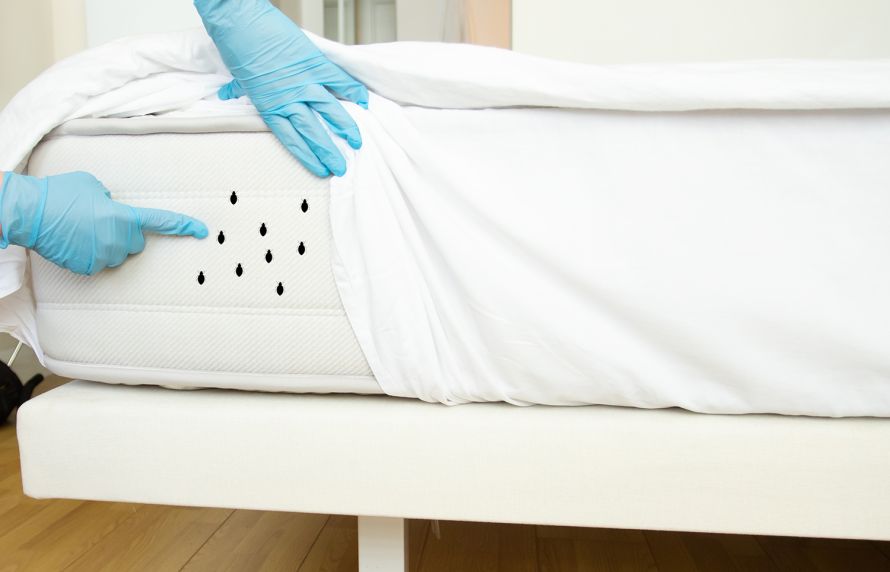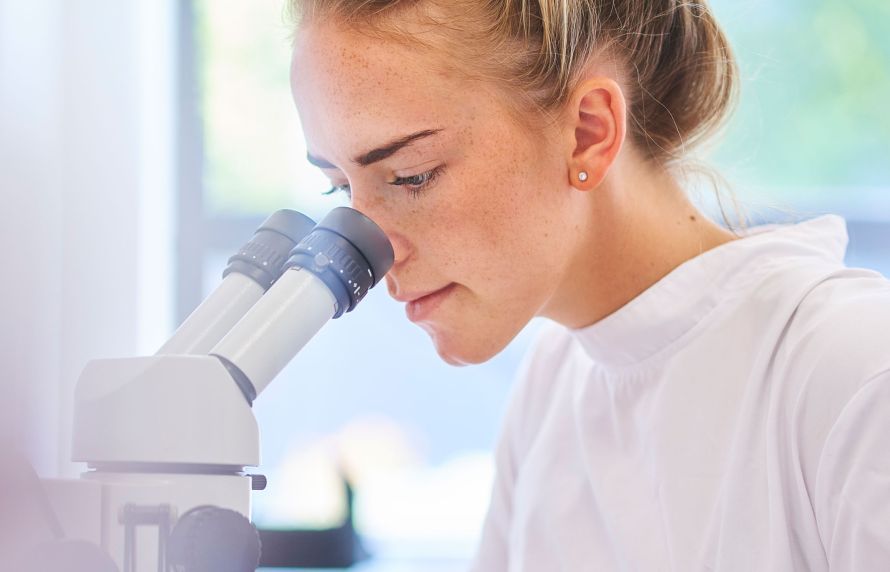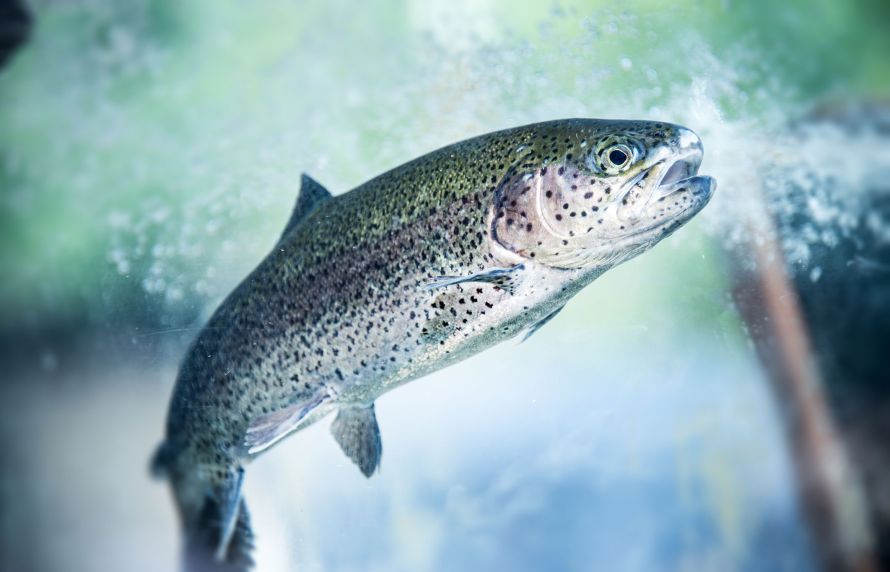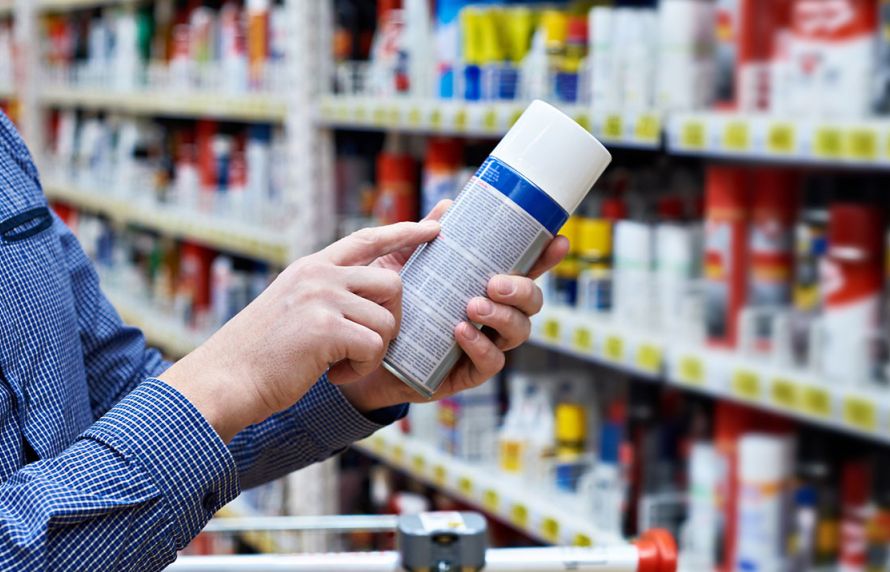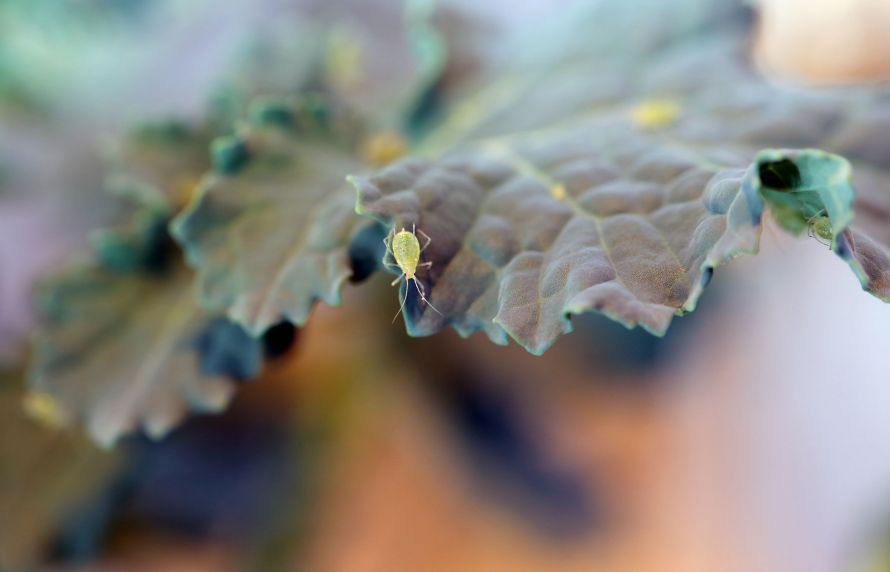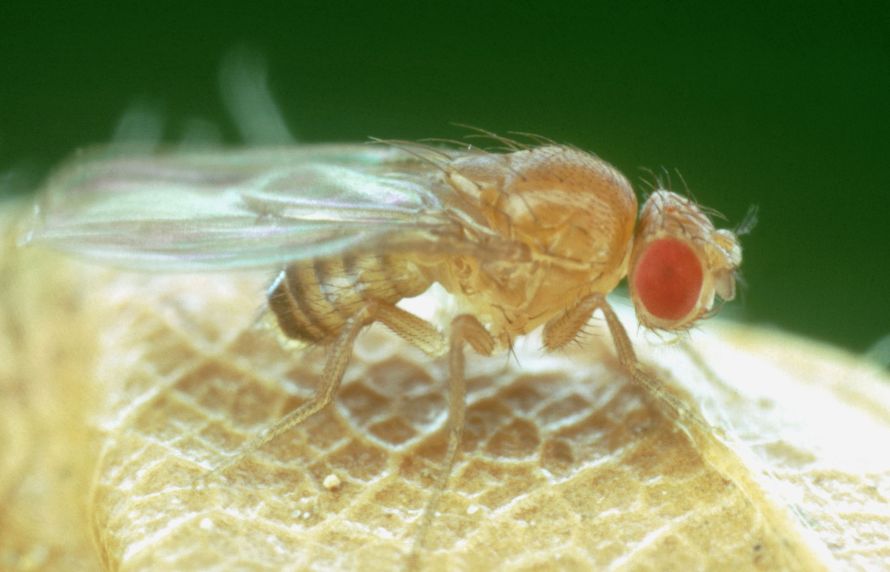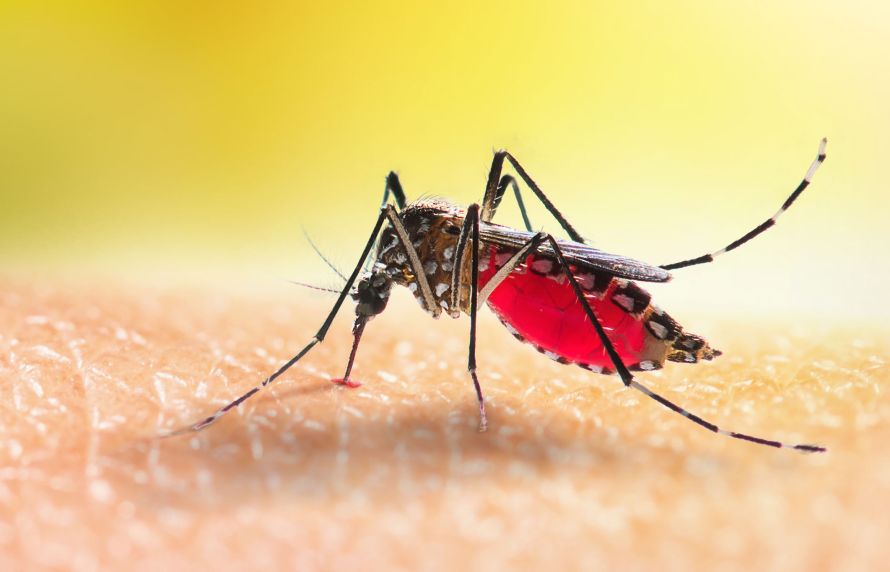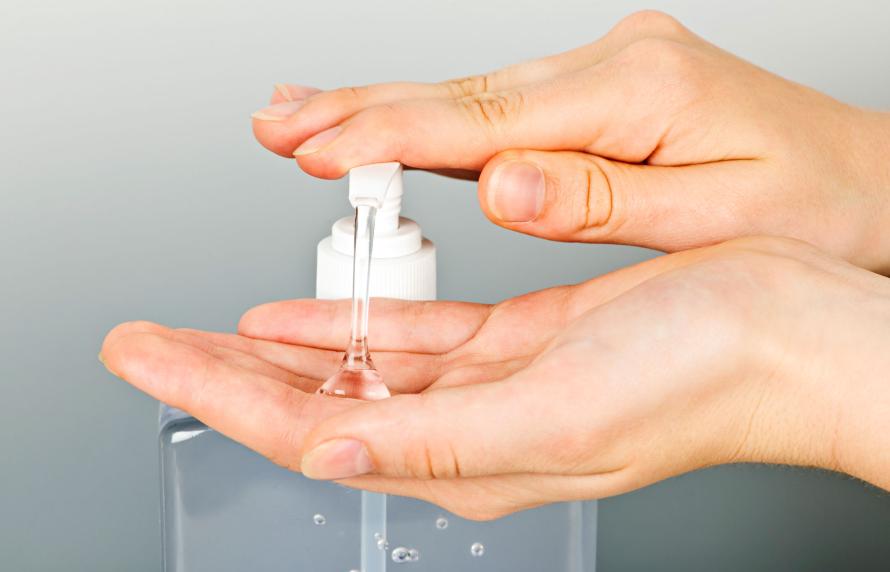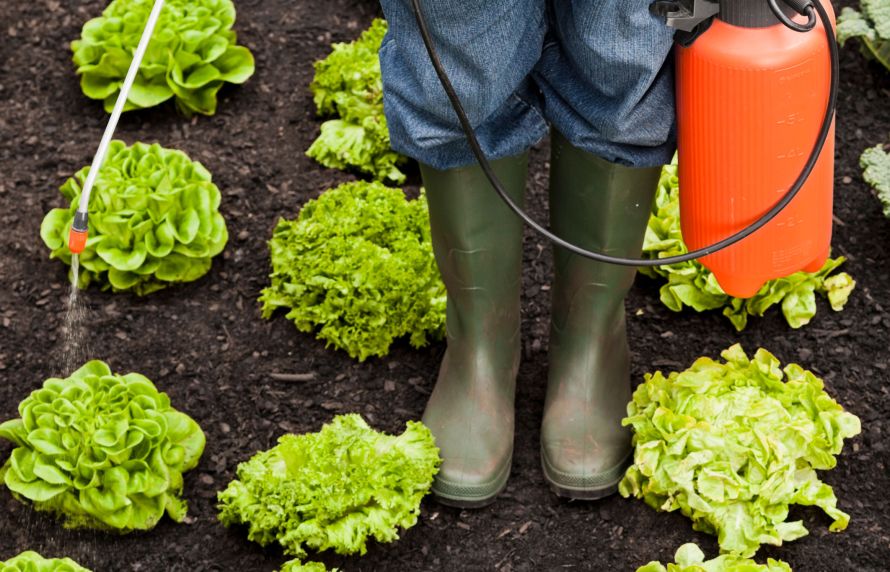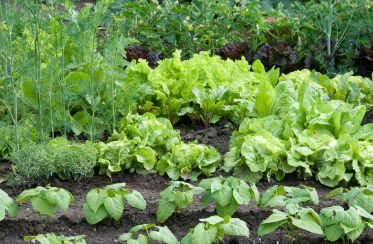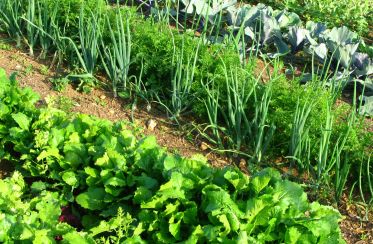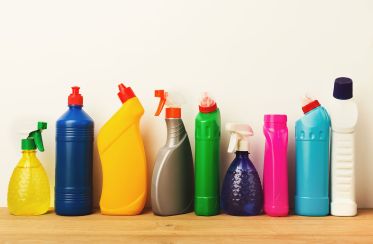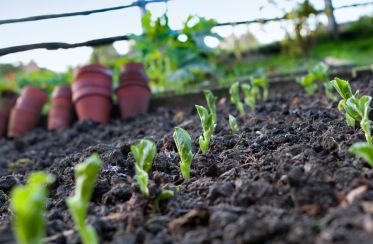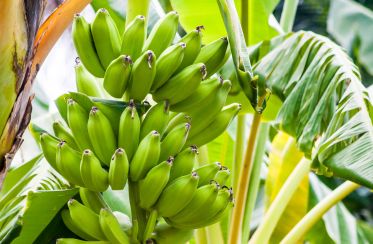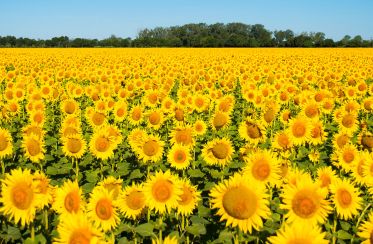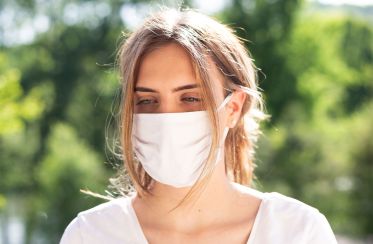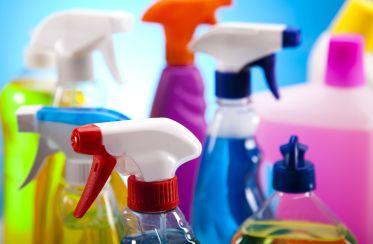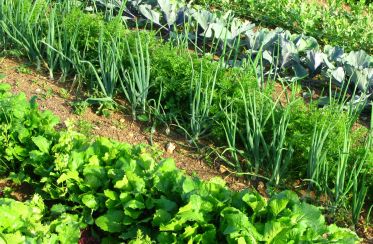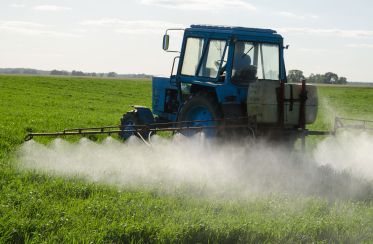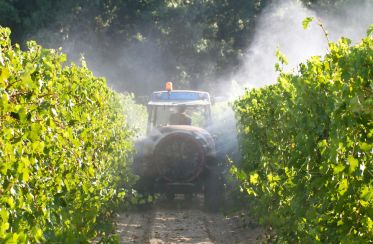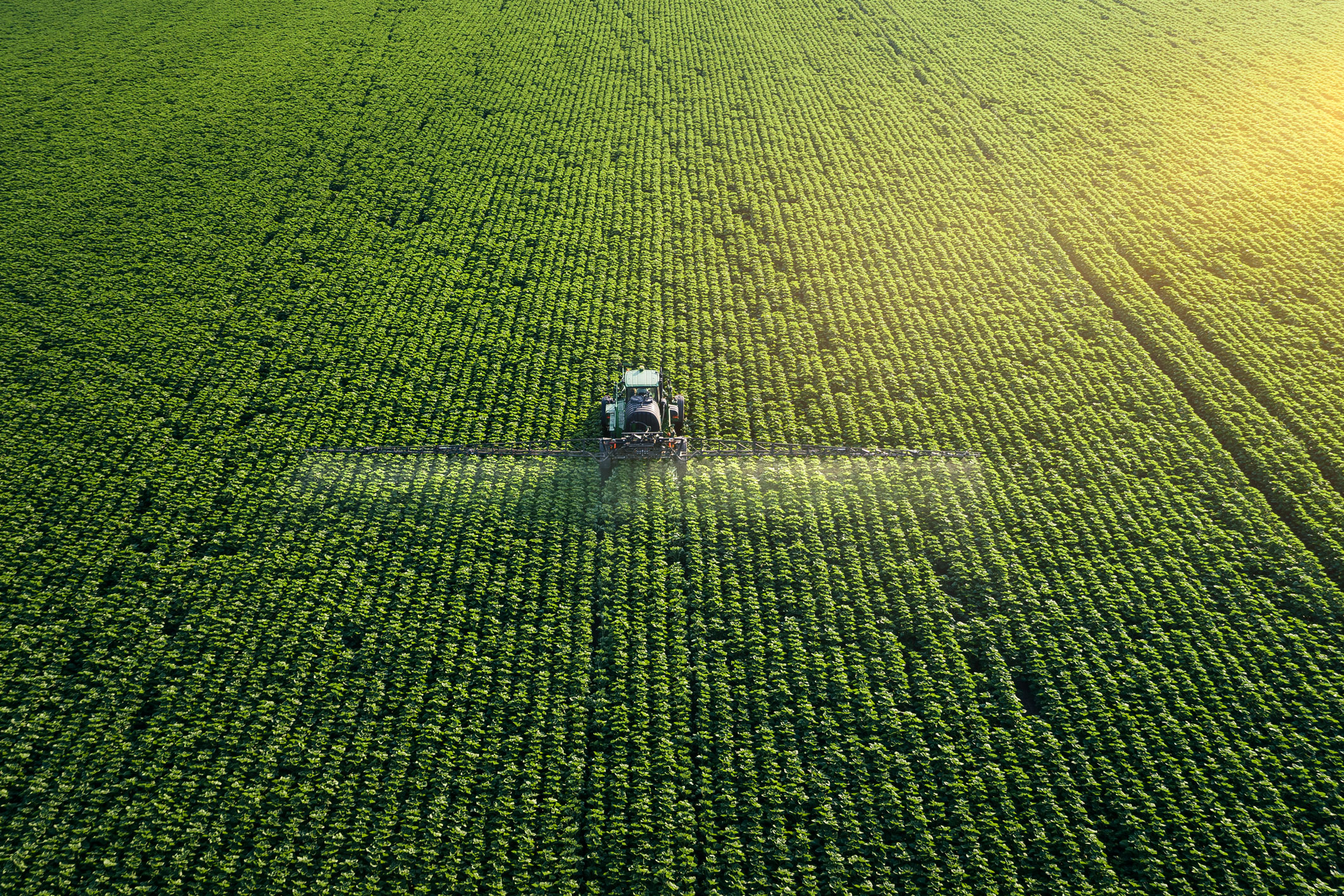
Page thématique
Plant protection products, biocides, fertilisers and macro-organisms
Plant protection products and biocides are used by professionals and individuals on harmful organisms to destroy, deter or render them harmless. Before they can be placed on the market, the Agency is responsible for assessing the effectiveness of these products and the risks associated with their use. It also assesses fertilisers, growing media and macro-organisms.
Our actions
Regarding marketing authorisations, these are issued on the basis of the findings of the scientific risk assessment, by ANSES for plant protection products, fertilisers and growing media and their adjuvants, and also for biocides.
The Agency also monitors residues of these products in food and the environment, and the emergence of resistance to these products.
- See the list of Agency opinions on the marketing authorisation dossiers for plant protection products, fertilisers and growing media
- See the register of marketing authorisation decisions and assessment conclusions for plant protection products, fertilisers and growing media
- See the register of marketing authorisation decisions and assessment conclusions for biocides
- See the register of opinions on macro-organisms
- See the E-Phy website, the catalogue of authorised products and uses (in French only)
News
Decryption
Publications
Health reference values
Date de mise en ligne
18/04/2024
Numéro de saisine
2019-SA-0202
Assessment of the risks related to physical agents and new technologies
Date de mise en ligne
09/12/2020
Numéro de saisine
2020-SA-0134
Assessment of the risks related to biocidal substances and products
Date de mise en ligne
23/06/2020
Numéro de saisine
2016-SA-0238
Substances and plant protection products, biocontrol
Date de mise en ligne
22/07/2019
Numéro de saisine
2018-SA-0078
Substances and plant protection products, biocontrol
Date de mise en ligne
15/01/2019
Numéro de saisine
2018-SA-0113
Health reference values
Date de mise en ligne
18/04/2024
Numéro de saisine
2019-SA-0202
Assessment of the risks related to physical agents and new technologies
Date de mise en ligne
09/12/2020
Numéro de saisine
2020-SA-0134
Assessment of the risks related to biocidal substances and products
Date de mise en ligne
23/06/2020
Numéro de saisine
2016-SA-0238
Substances and plant protection products, biocontrol
Date de mise en ligne
22/07/2019
Numéro de saisine
2018-SA-0078
Substances and plant protection products, biocontrol
Date de mise en ligne
15/01/2019
Numéro de saisine
2018-SA-0113
Date de mise en ligne
27/07/2016
Numéro de saisine
2016-SA-0133
Biological risks for plant health
Date de mise en ligne
22/02/2016
Numéro de saisine
2015-SA-0093
Substances and plant protection products, biocontrol
Date de mise en ligne
24/10/2014
Numéro de saisine
2011-SA-0216
Substances and plant protection products, biocontrol
Date de mise en ligne
26/06/2014
Numéro de saisine
2013-SA-0206
Substances and plant protection products, biocontrol
Date de mise en ligne
03/07/2014
Numéro de saisine
2013-SA-0116
Substances and plant protection products, biocontrol
Date de mise en ligne
19/06/2014
Numéro de saisine
2013-SA-0211
Substances and plant protection products, biocontrol
Date de mise en ligne
03/01/2013
Numéro de saisine
2012-SA-0178
Substances and plant protection products, biocontrol
Date de mise en ligne
01/06/2012
Numéro de saisine
2012-SA-0092
Substances and plant protection products, biocontrol
Date de mise en ligne
12/04/2012
Numéro de saisine
2012-SA-0033
Assessment of the risks related to biocidal substances and products
Date de mise en ligne
13/01/2012
Numéro de saisine
2009-SA-0338
Substances and plant protection products, biocontrol
Date de mise en ligne
06/12/2011
Numéro de saisine
2011-SA-0237
Assessment of the risks related to biocidal substances and products
Date de mise en ligne
07/09/2011
Numéro de saisine
2011-SA-0213
Substances and plant protection products, biocontrol
Date de mise en ligne
07/04/2010
Numéro de saisine
2010-SA-0029
Substances and plant protection products, biocontrol
Date de mise en ligne
16/12/2009
Numéro de saisine
2009-SA-0253
Substances and plant protection products, biocontrol
Date de mise en ligne
19/05/2009
Numéro de saisine
2009-SA-0071

